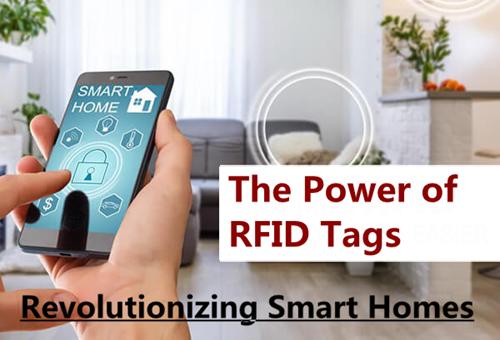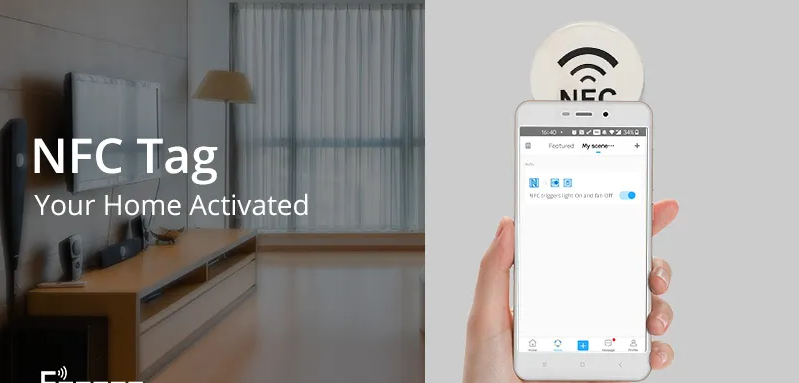-
Tel : 0086 13418903652
-
Email: sales@rfidfs.com
Tel : 0086 13418903652
Email: sales@rfidfs.com
Today we delve into the fascinating world of smart homes and their application of Radio Frequency Identification (RFID) tags. RFID technology has revolutionized various industries, and its integration into smart homes is no exception. In this article, we will explore the common types of RFID tags used in smart homes, their applications, and the advantages they bring to this rapidly evolving field.
RFID Tags in Smart Home Applications
RFID (Radio Frequency Identification) tags are turning conventional homes into smart havens with their versatile applications. These tiny, wireless devices contain a unique identifier that can be wirelessly detected and read by an RFID reader.
Here are some common use cases of RFID tags in smart homes
a) Access Control
RFID tags enable personalized access control systems by allowing residents to unlock doors, gates, and security systems with a simple swipe of their tag.The representative product is 13.56MHz RFID Access Card
b) Home Automation
With RFID tags, homeowners can automate various tasks, such as activating or deactivating alarms, controlling lighting and temperature settings, wifi connecting and even adjusting entertainment systems to their preferred settings.
c) Pet Tracking
RFID tags can be used to tag and track pets, alerting homeowners to their whereabouts and ensuring their safety within designated areas.The representative product is Waterproof Smart NFC Dog ID Tag.

Common RFID Tag Types and Applications
Now, let's explore some common RFID tag types and their applications within smart home environments
a) Standard RFID Tags
These tags are widely used for general and indoor applications, such as access control, home automation, and inventory management.
b) 13.56MHz RFID Anti-Metal Tags
Designed to perform in environments with metal surfaces, these tags can be attached to metal objects for enhanced tracking and identification. They are commonly used for monitoring valuable items such as appliances and tools.
c) NFC (Near Field Communication) Tags
13.56MHz NTAG213 NFC Tags operate within short distances and can be integrated into smartphones. They are ideal for seamless interactions between smart devices, enabling tasks like unlocking doors, pairing devices, or engaging in contactless transactions.

Advantages of RFID Tags in Smart Homes
Conclusion
RFID and NFC tags have the potential to revolutionize the way we interact with smart homes, providing convenience, security, and efficiency. These technologies offer endless possibilities for automation, personalized experiences, and enhanced security. As smart home adoption continues to grow, RFID and NFC tags will play a crucial role in shaping the future of our connected living spaces.